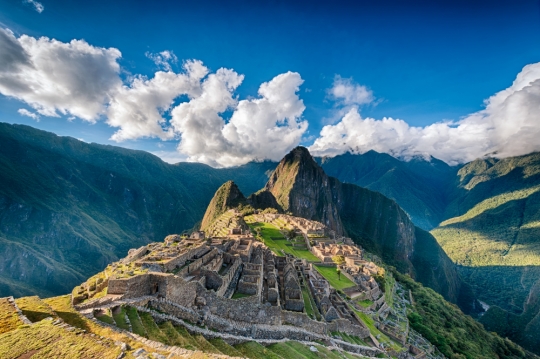There have been a few major changes to Peru’s visa system. Some visa types no longer exist, some have changed significantly, and others are waiting for the final seal of approval. However, despite this, Peru remains a relatively easy country in which to obtain permanent residency.Immigration offices are located in most major cities but all visa applications are processed in Lima (Superintendencia Nacional de Migraciones). The use of a bilingual solicitor or agent will make the process a lot smoother and faster, as there are few English-speaking officials. The visa application process costs just under $100 if you can do everything yourself. If you involve a local solicitor or agent, there will be an additional fee of somewhere between $300-400.
Visa Types
Currently there are nine different types of temporary visa and 18 types of residence visa available. Some of the most common visas for expats are listed below.
Rentista Visa: This is a retirement visa. In order to be eligible for this, you must provide proof of regular monthly income of $1,000 (and an additional $500 for each dependent). This visa does not need to be renewed annually. There is a small step each year that needs to be completed to prove you are still in the country. Expats with this type of visa do not need to pay the annual tax that is required from other migrants. Retirement visa holders are exonerated from paying any Peruvian income tax on their pension money. In addition, their personal and domestic items can be imported into the country duty and tax free.
Investment Visa: You can apply for this visa if you are able to provide proof that you are planning to make an investment of at least $154,000 in value within Peru. This has increased significantly from a previous amount of $30,000 following some reforms.
Work Visa: This visa is for individuals who wish to seek employment or set up a business in Peru. You will need to provide proof of annual income of approximately USD 12,500.
Permanent Residency
After maintaining any visa in Peru for three years, you become eligible to apply for a permanent resident visa, which provides you with an indefinite leave to remain in the country. You are also allowed to apply for citizenship and a second passport at this time. Dual citizenship is recognized in Peru, meaning you are not required to renounce your previous nationality to become a citizen of Peru.
Resident expats must also obtain a Carnet de Extranjeria. This is a Peruvian identification card for foreign nationals residing in the country. The card allows you to open a bank account, purchase a mobile phone contract or home internet plan, and travel within Peru without your passport.
Paperwork For Visas
Each visa has its own set of required paperwork, but you will require the documents listed below regardless of the type of visa for which you wish to apply:
• Professional and academic certificates
• Certificate of the registrar of companies
• Documents certifying position and salary
• Employment contract
• Original and photocopy of passport
• Job and salary verification letter
• Two passport-size photos
Following your arrival in Peru, immigration documents must be legalized by the Ministry of Foreign Affairs in Lima. Afterwards, the paperwork needs to be translated into Spanish by a government-approved translator. Please be advised that, depending on the type of visa you wish to apply for, you may be required to have an interview with Interpol.
While the application process is not complicated, there are some possible stumbling blocks of which you should be aware.
Temporary visas usually allow you to remain in the country up to 183 days, although this can be extended in some cases. However, you do need to be aware that there is a possibility of losing your visa if you exceed the limit of 183 consecutive days of permitted leave in a period of one year. This is applicable even if you need to remain outside of Peru for medical or employment reasons.
Also regarding the amount of time spent outside Peru, a permanent resident can lose their residency if they leave the country for a period of 365 consecutive days. There are some exceptions under which a permanent resident can extend their leave, such as if a special leave permit is obtained.
However, despite its many obvious advantages, one of the drawbacks of the resident visa is the need to renew every five years, three in the case of children. You will be required to justify the continuation of your current immigration status. However, unlike the rentista visa, the renewal of the permanent resident visa is not tied to maintaining any special conditions such as employment, studies and so on.
In terms of your rights and benefits in Peru, excluding the amount of time spent outside the country and being unable to vote in general elections, the permanent residency is the closest you can get to full citizenship without applying for that status.
Applicants must have been registered as legal residents of Peru for at least three years to apply for a permanent resident visa. The remaining requisites will vary depending upon your current migratory status (worker, family member of resident, student, retiree and so on). For instance, expats who hold worker visas must prove they are still in employment during the application process.
Have you lived in Peru? Share your thoughts in the comments below, or answer the questions here to be featured in an interview!

